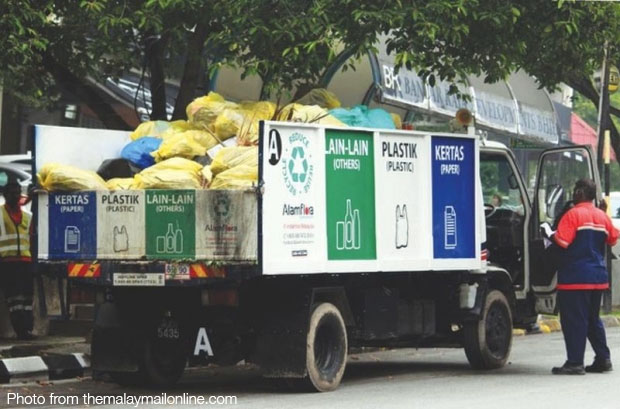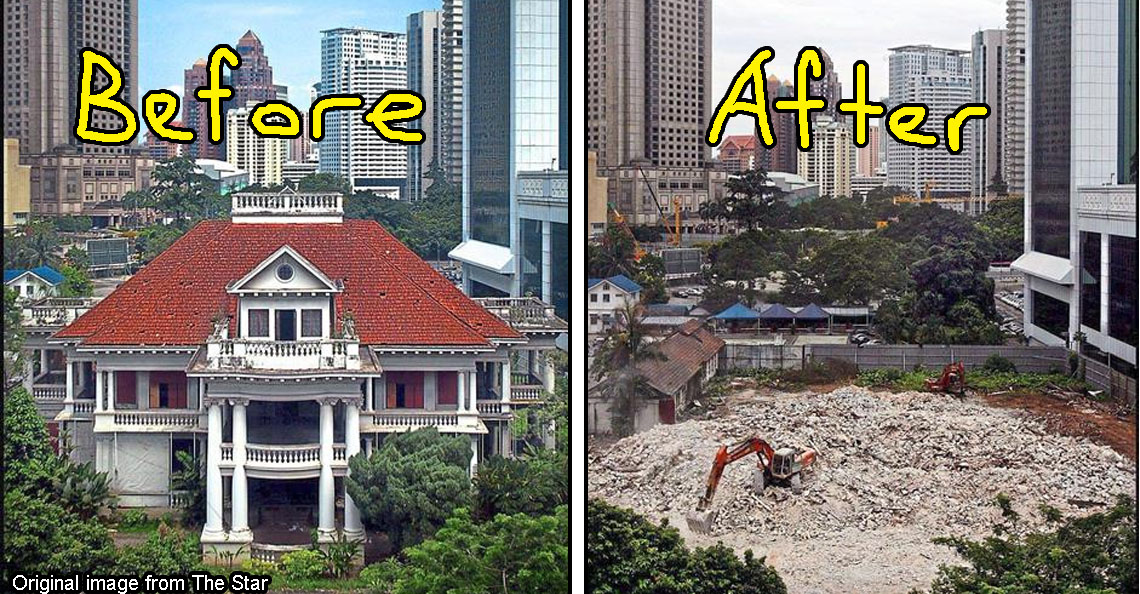These nine islands in Perak are now closed to the public because they… went viral?!

- 2.2KShares
- Facebook1.9K
- Twitter31
- LinkedIn7
- Email58
- WhatsApp150
When people think of a vacation island in Perak, most would immediately think of Pulau Pangkor, and they would be right in thinking so. It’s highly accessible through a short ferry ride from Lumut, and there are numerous hotels and resorts on the island that provides a variety of activities for tourists. In short, it’s a popular tourism destination. However, if you’re the fishing enthusiast type, you’d probably think of the less famous Pulau Sembilan juuuuust a little bit farther out.
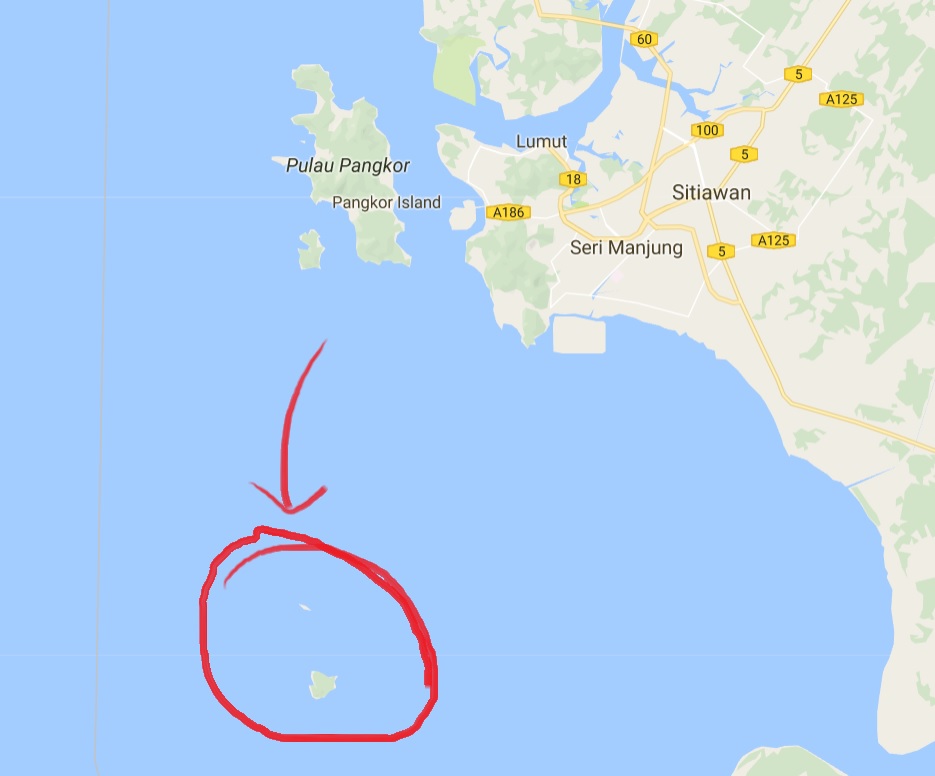
To get there, you have to go to another jetty called the Sungai Burung Jetty and make a deal with any tour agency there for a boat ride to the islands. Well, (spoiler alert!) nine islands, to be exact, but the most commonly visited is Pulau Lalang, as it has a beach. It’s a pretty island, with beautiful waters, white sands, snakes and coral and scenic sunsets, and since local regulations does not allow the building of hotels and resorts on this island, it’s quite a natural experience.
But the main reason non-anglers would come to this remote island is this:
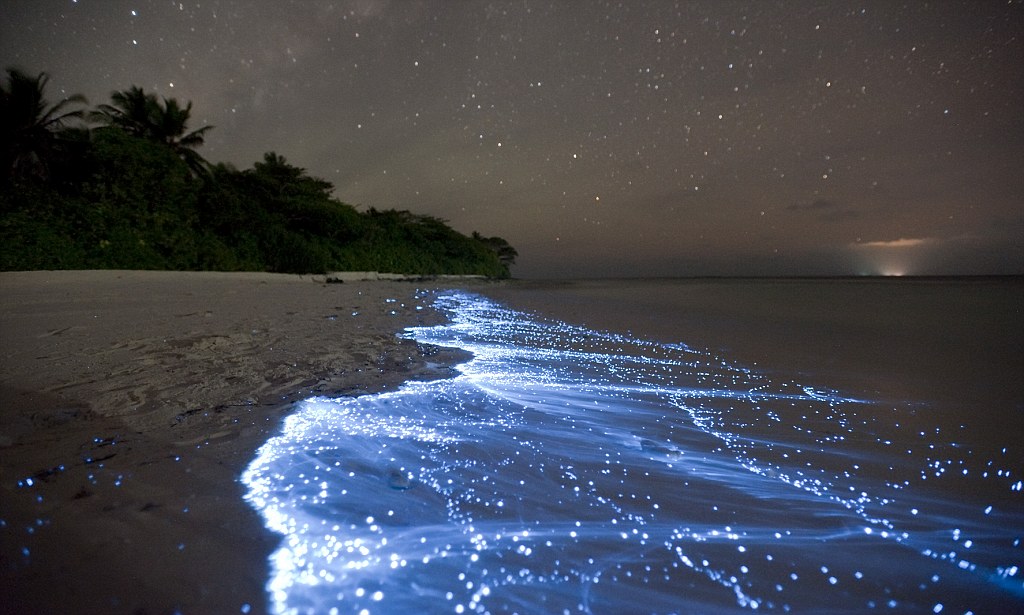
That right there is the blue tears phenomenon, caused by plankton that makes light when in contact with oxygen. You can only see them at night, and it lights up each wave that crashes upon the shore with an electric blue glow. If you’re intrigued but haven’t made any reservations yet, you would have to go overseas to see it, because as of the beginning of April, the islands are closed off until further notice to tourists due to “excessive tourism“.
A place going viral can be a bad thing
Some may wonder, why is it suddenly closed now of all times? Well, a clue may lay in when Pulau Sembilan got famous.

That’s four months ago, when it went viral on the Internet. If you were to search for posts about “Pulau Sembilan” on Facebook, most results are posted after October 2016. With the advent of social media and travelogues, more and more people are getting out of their ways to find places that offer the best photo opportunities. This led to people traveling all over Malaysia to find that ‘rare’ place that no one has ever been before to snap a picture. When the picture was posted on to social media, other photography enthusiasts will want in on this, and soon the place goes viral.
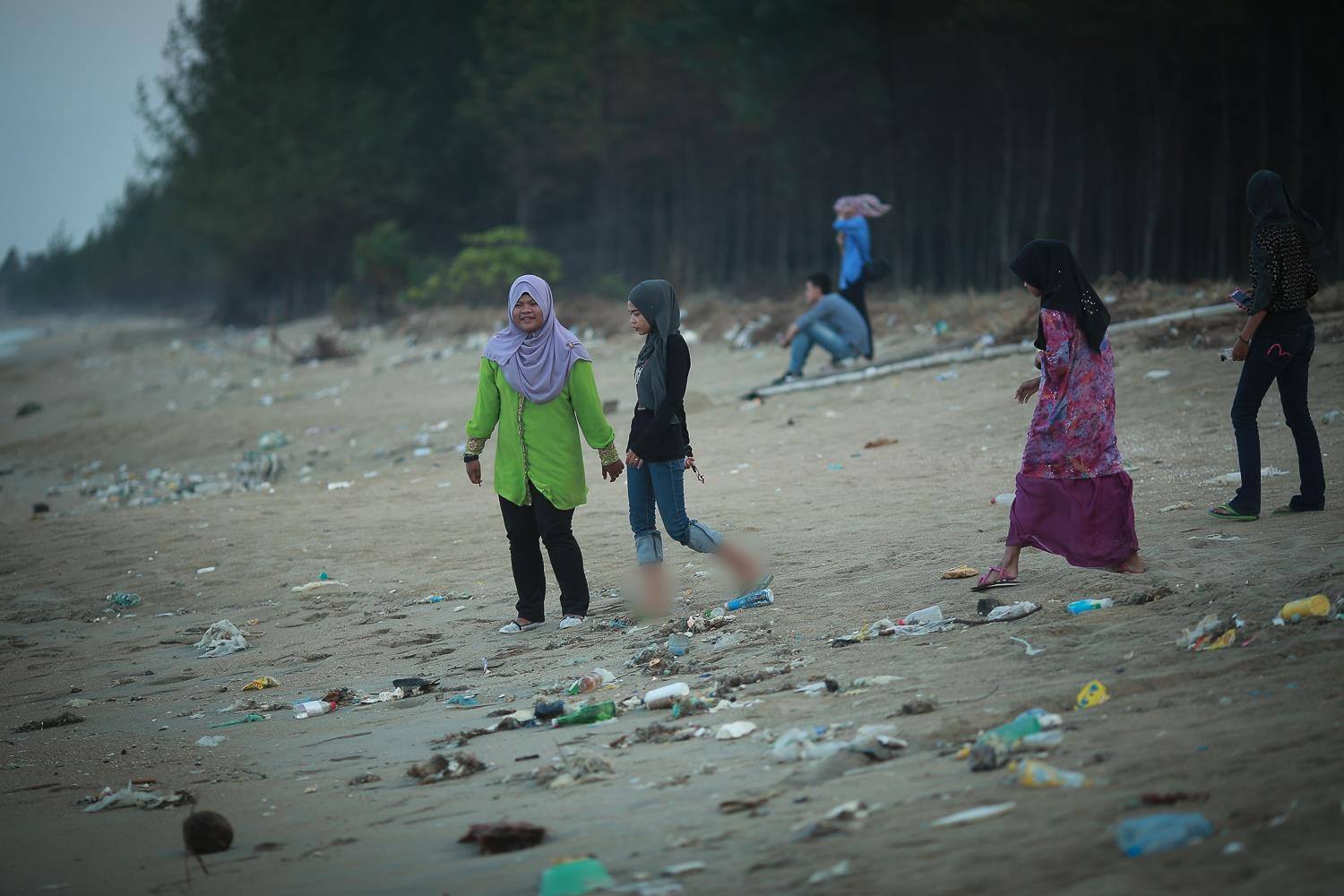
A beautiful place going viral can be good for the local businesses, but very harmful to the place itself. As has been seen in the case of Pantai Senak, which became viral for being a doppelganger to the Nami Island in Korea, flocks of KPop fans and amateur photographers ravaged the area in a short time, leaving behind immense amounts of trash. The same thing happened with the rise of the hiking culture, where people will spend their weekends hiking up mountains, taking pictures of themselves at the peak and leaving copious amounts of trash.
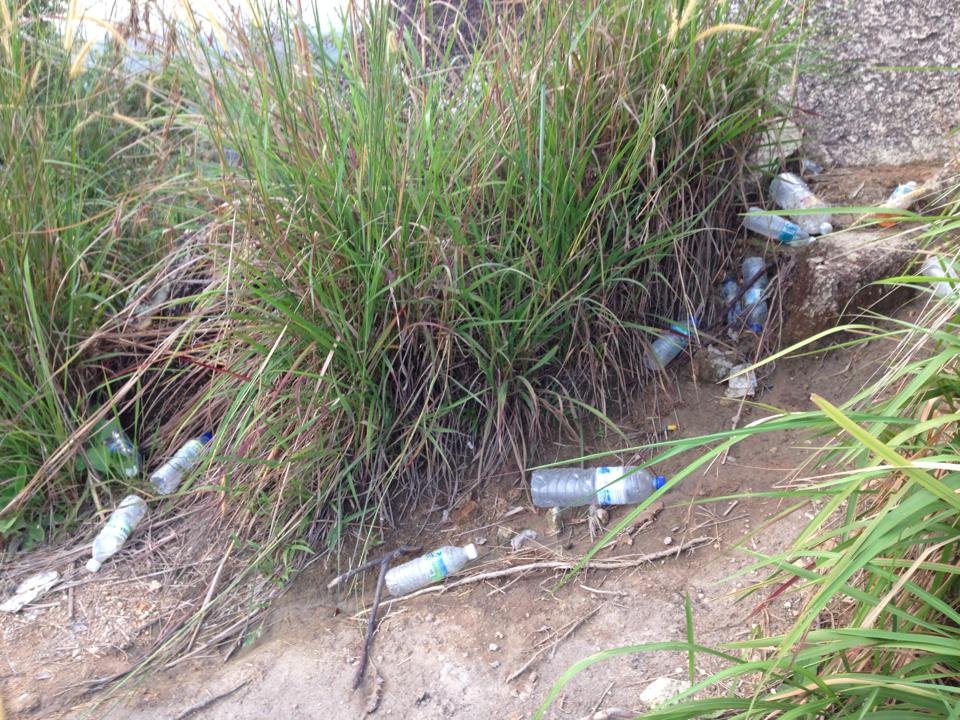
We spoke to an environmentally-conscious hiker, and here’s what he has to say about the problem:
“Part of the problem is some organizers who are too keen to make money by organizing trips to the mountains but failed to instill the ethics of mountain climbing into the participants, causing an influx of tourists who are there just for pictures and have no sense of appreciation towards the environment. It must be stressed that not all organizers are like this. In fact, some are bringing forward the ‘responsible hiker‘ approach to minimize our impact on the mountains,” – Bali, repeat hiker.
This problem is evident in the numerous complaints by other hikers as seen in social medias.
But is closing off an area really the best solution?

In a statement to the press, the State Tourism, Arts and Culture Committee Chairman Datuk Nolee Ashilin Mohd Radzi had expressed fears that the uncontrolled number of tourists flocking to the island might cause enough disturbance to drive the plankton away. As evidence of that, she stated that even the pristine white sand on the beaches did not look as pristine anymore due to the number of people visiting the beaches.
Therefore, the state has been working with NGOs with expertise in marine biology to draw up a management plan, and it appears that the plan includes banning all tourism activities on the island indefinitely until they figure out the best approach to the dilemma.

If this sounds a bit sudden and drastic, it’s because it is quite sudden. Local tourism providers had said that they only received a written notice of the closure on the 8th of March, less than a month before the ban will take effect. Even if they were told verbally in January that there were plans to close off Pulau Sembilan, by the time the written notice came out they had bookings all the way until August, which means that there will be a lot of awkward phone calls and refunding.
In response to the plight of the local tourism operators who appealed to be given a little more time to honor their bookings, Nolee had said:
“There will be no changes on the date of the closure. The islands will be officially closed on April 1. The islands are already damaged by the presence of large groups of visitors. Further tourism activities will only worsen the situation there.” – Datuk Nolee Ashilin, to Malay Mail Online.
That seemed a little harsh, but it may be a wise move in the long run

Closing off a tourism destination entirely so suddenly is a drastic move, but while a lot of tourists coming in may seem good for the local economy at first glance, in the long run it’s bad not just for the holiday destination, but for the business itself, too. Should there be no drastic measures taken, the ecosystem on the island won’t have time to recover and pretty soon there will be nothing to look at.
Now, some may think a couple of extra tourists won’t make much of a difference, but it should be known that even though the state has imposed a 120 tourist per day limit, Nolee had claimed that the real number coming and going through unregistered boats can reach up to 400 tourists per day, which is a lot to fit on a small island. However, the closing off is not likely to be permanent, as she also said that the island will probably be reopened after a better management plan has been drawn up.

A similar case would be the Angkor Wat in Cambodia, where watching the sun set over the ancient Khmer ruins are so popular that the temple management had to limit the number of people on the hill. On one hand, it protects the already ancient ruins from excessive wear and tear. On the other hand, by providing alternative sites along the hill to watch the sun set, it also makes the tourists’ experiences better as they no longer have to jostle against 1000 other people just to see the sunset. In this situation, a compromise can be reached in the conflict between tourists and tourism destinations.
Tourism and trash don’t taste good together.
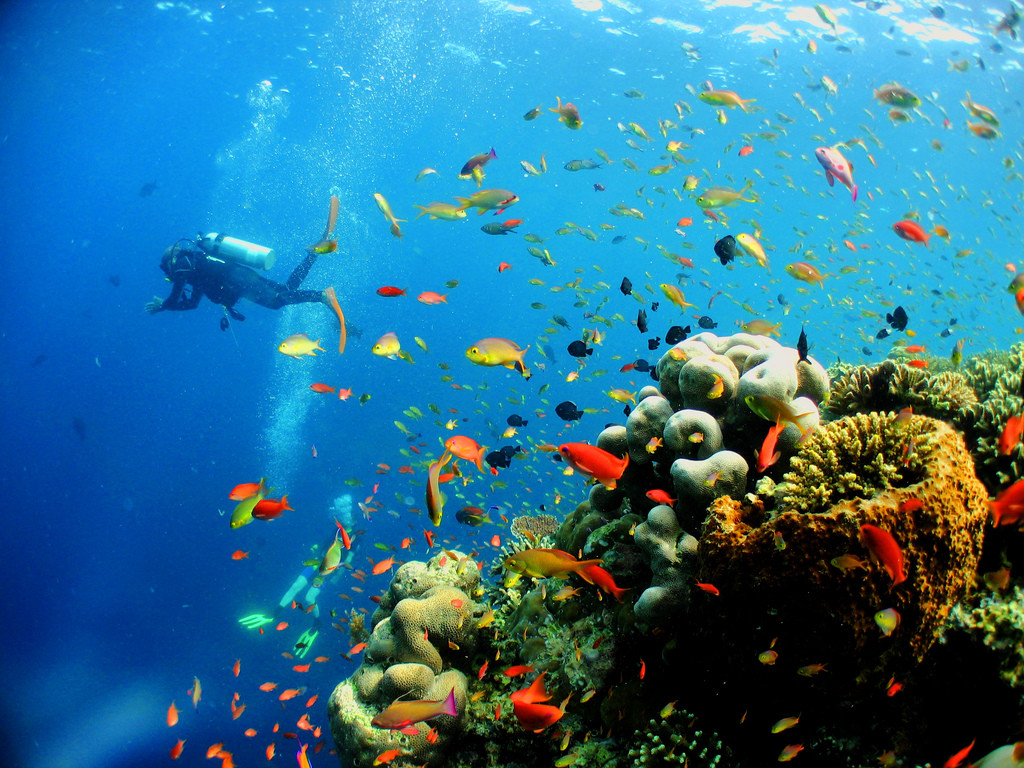
Even if Pulau Sipadan had been open to the public for some time now, the conditions there have not deteriorated much. While there are many factors at work, proper management is the main difference between Pulau Sipadan and Pulau Sembilan. The only attention given to Pulau Sembilan before were mainly from anglers, so there were previously no need for regulations concerning the beach condition and the blue tears. However, things are different now, and it’s great that the Perak State Parks Corporation took action before it’s too late.
In the past few years, tourism, especially ecotourism has done wonders for the Malaysian economy, pulling in RM60.6 billion from international tourists and generating RM37.4 billion from domestic tourists in 2014 alone. This success may be largely attributed to its great natural resources, like forests and beaches as well as the local culture itself. However, considering the rapid growth of the industry, without proper management these resources will fall flat or even worse, get damaged beyond repair.
But the responsibility should not fall squarely on the management. Rather, part of the responsibility should be taken by tourists as well. With respect to ecotourism, we need to educate ourselves on the consequences of our actions on the places we go to and how we can minimize our negative impacts on the environment. In short, if we were to make the tourism industry flourish, it’s going to take all of us, both the management and the tourists themselves.
- 2.2KShares
- Facebook1.9K
- Twitter31
- LinkedIn7
- Email58
- WhatsApp150

